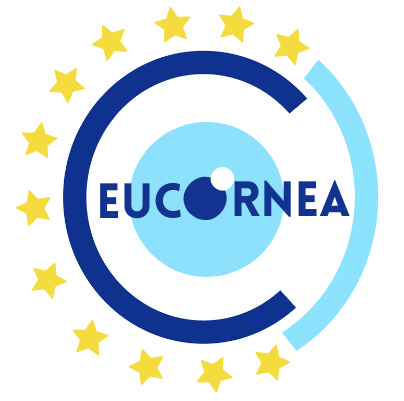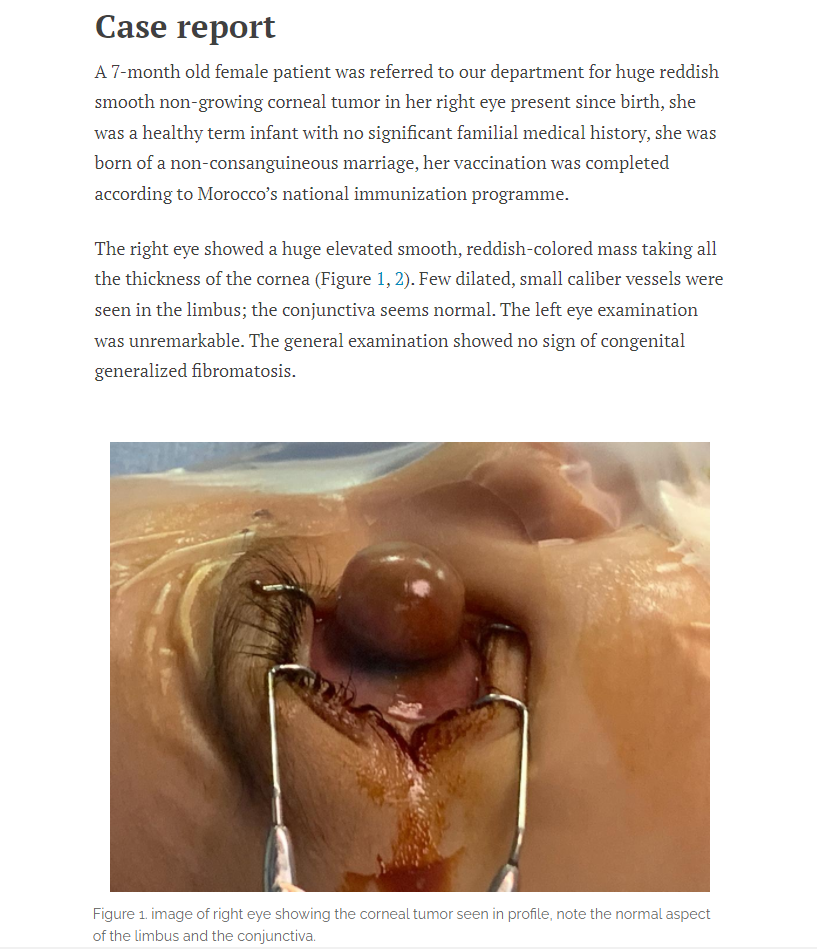
Full steam ahead for revamped Journal of EuCornea

Nuno Moura Coelho (Portugal)

Sebastian Siebleman (Germany)
In 2021, Professor Harminder Dua stepped down from the role of Editor-in-Chief of the Journal of EuCornea, passing the reins to Sebastian Siebelmann and Nuno Moura-Coelho as the new Co-Editors-in-Chief of the Journal.
In the following interview, Dr Siebelmann and Dr Moura-Coelho outline their ambitions for the Journal in the coming years.
How has the Journal evolved since it was first founded in 2016?
The Journal of Eucornea was founded at a time when a large number of journals were being launched. With Harminder Dua as Editor-in-Chief for many years, the journal flourished and soon built up an international recognition. However, some difficulties arose, such as an increasingly confusing landscape of scientific journals, as well as a change of publishers from Elsevier to the Scholastica platform, which offers the possibility of publishing very cheaply in open access and under Creative Commons licence. This license means that they be used free of charge if the reference is given correctly. This increases the reach and the number of citations.
We believe that we now have an excellent basis for expanding the journal at this point in time. The field of cornea has become an absolute hot topic with the multitude of new transplantation techniques, also partly made possible by improved imaging and laser technology. In this respect, we need a European journal to reflect the significantly increased interest in the field. Our goal is to generate as much attention as possible for the journal and to increase the number of submissions and publications.
What are your own broad aims as joint editors of the Journal?
We are both still at an early point in our careers and we acknowledge the need to grow and develop into our role of Editors-in-Chief. We are fortunate to have a lot of support from the previous Editorial Board, the Eucornea Board and especially Prof Harminder Dua who founded the journal.
Putting two young ophthalmologists in such a responsible position of an international professional society is an important statement of intent by EuCornea and shows that the Society is committed to addressing the younger generation of corneal specialists. In this context, we were able to continue the momentum by first putting together a new editorial board in line with our vision for the Journal of EuCornea.
We also think that in the future the dissemination of information via “professional” social media such as LinkedIn, Twitter etc. will become increasingly important. Furthermore, in view of the increasing number of scientific journals, it will be important in the future to position the journal clearly and to maintain the cornerstones of its identity that we defined in a recent editorial as “Online-only, open-access only, rapid- and high-quality peer review-only”.
In what ways can the Journal be improved or enhanced?
In our eyes, the concept of the journal is great and pitched at an excellent price-performance ratio, which, to our knowledge, no other journal offers. However, we feel that this needs to be communicated better, which is why we are currently working on a social media strategy and also to integrate the journal more seamlessly into the landscape of the Eucornea Congress. We have already succeeded in improving the visual presentation of the articles and will work on further enhancements as the journal develops..
Is the Journal content a fair reflection of the current state of research and expertise in the field of cornea at the moment?
So far, the journal reflects the current state of the cornea and ocular scientific community of this specialist field. Nevertheless, a sufficient number of publications is also necessary to truly represent the science and research being covered in this area. We would be pleased to receive more submissions in the field of basic science. Another significant growth area lies in topics such as sustainability and digitization and we would welcome more submissions in these areas as well. The diagnosis and treatment of patients with diseases of the ocular surface can become more sustainable and, in particular, imaging technologies of the ocular surface are destined to be increasingly digitized. A large field, which has so far been little represented in international journals, is European (and international) start-ups which bring innovative ideas to the market. In this area, too, we are pleased to receive high-quality scientific publications that are submitted to us.
What has been the reaction of members to the relaunch of the Journal in 2021?
The response has been very good, especially as this means that we can publish very favourably under the above principles and really build a framework that serves the science and the European and international community of cornea and ocular surface disease specialists. The important point is that the Journal of EuCornea is the face of EuCornea Society and its members. Aiming for a high standard for the Journal will improve the prestige of the Society among the scientific community in general and particularly among corneal specialists across Europe.




